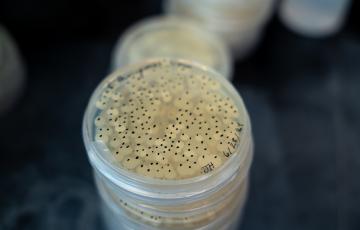Ernest Williams: A decade of advances in harmful algal bloom research
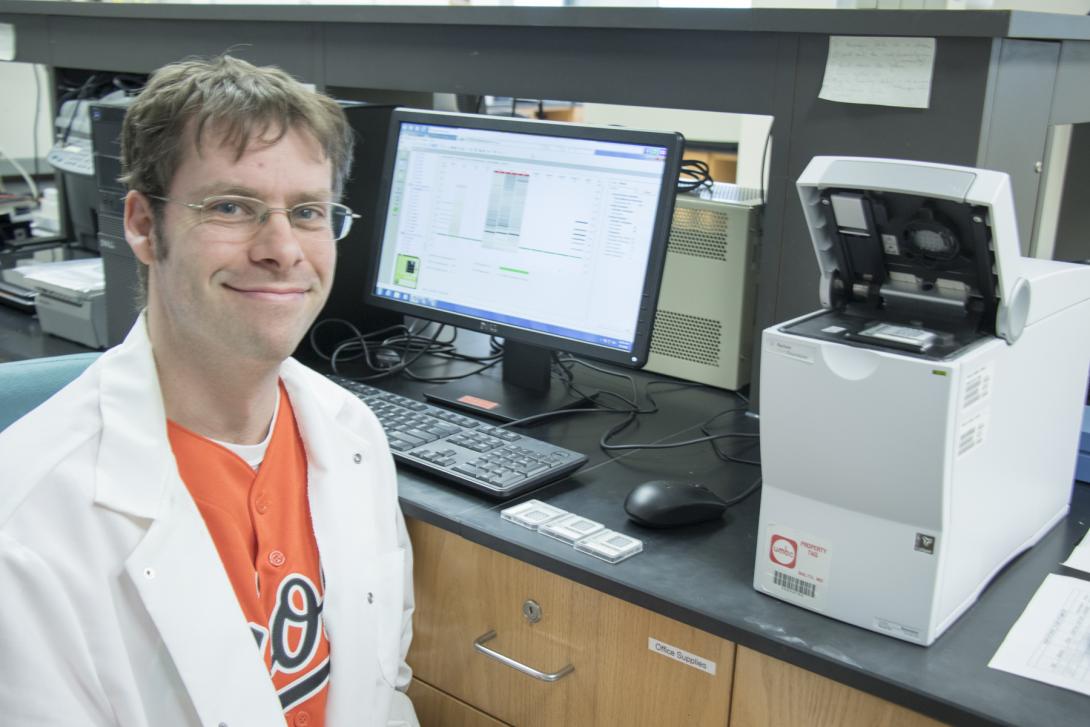
Ernest Williams joined IMET in 2007 and has conducted research on many diverse topics: raising blue crabs in captivity; creating a vegetarian feed for fish; and his current work on harmful algal blooms, or HABs. After working as a Senior Faculty Research Assistant for several years, Ernest began his Ph.D. in the lab of Dr. Allen Place in 2016 and has been researching how algae produce their toxins so that he can help prevent some of the most harmful effects of algal blooms. While he has only been working on this particular project for the last few years, he has been researching and remediating HABs for over a decade.
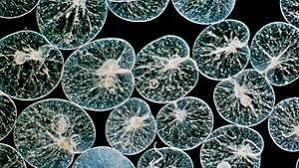
One experience in particular demonstrated the negative effects that HABs can have and the potential for science to create solutions. In the summers from 2009-2011, the lake at a Girl Scout camp in Denton, MD turned an unappealing bright green. This discoloration was caused by the harmful alga Microcystis, which produces a toxin that makes contact with the water dangerous. Swimming and canoeing, two cherished activities for Girl Scouts, had to be halted for the summer. This is just one example of the toll HABs can take. They can cause fish kills, ruin shellfish harvests, and reduce tourism to affected areas.
Algae blooms occur in freshwater and estuaries when excess nutrients are present. Nutrients can enter the system through runoff from agricultural and urban land and from sediments, which contain very high levels of phosphate introduced by farming practices prior to current regulations. Near the camp, nutrient inputs had already been regulated, but the blooms persisted.
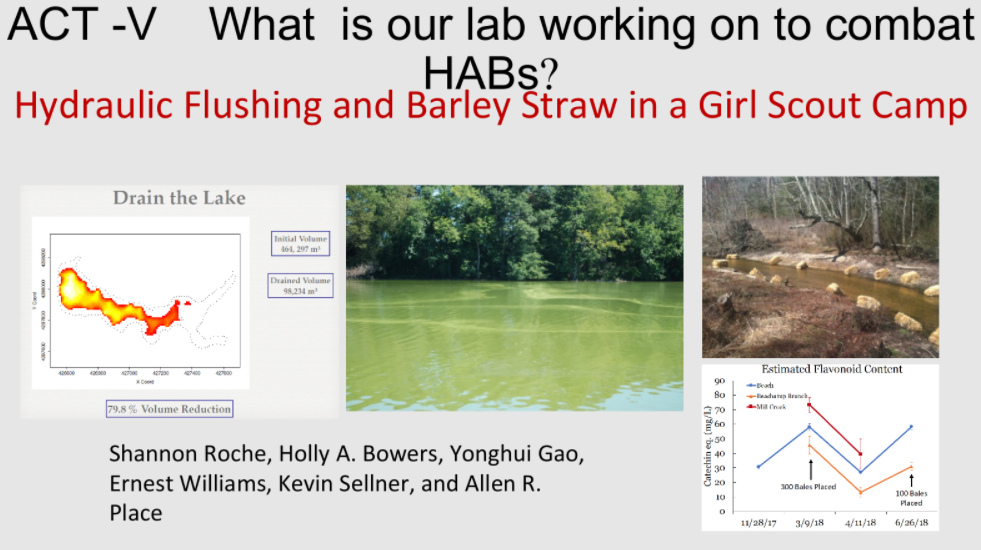
Ernest, Dr. Place, and several others from IMET investigated the problem and came up with a multi-pronged approach to prevent future algal blooms. Over the winter, they drained about 80% of the water from the lake and placed bales of barley on the shore. Based on prior research, they knew that a compound produced as barley breaks down could prevent algae blooms. Over the spring, rain water filled the lake the bales decomposed, introducing bloom-inhibiting compounds.
In the summer of 2012, after three years without water activities, the Girl Scouts were able to swim and canoe in their lake. The camp continued to follow this process and the Place Lab has refined the methods for using barley. Today, Taylor Armstrong is developing this solution, looking at the possibility to use spent grains from brewing beer to combat HABs.
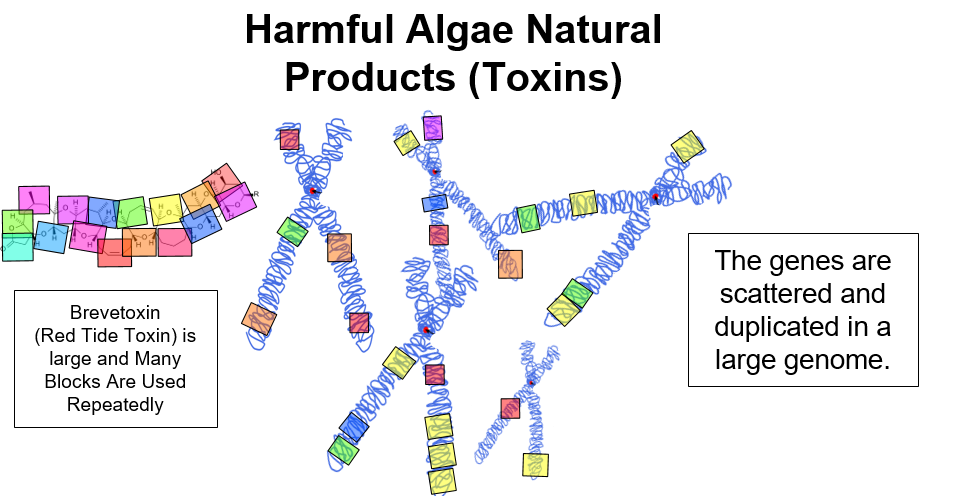
While HABs could be inhibited using a few relatively simple steps at the Girl Scouts’ lake, they are harder to manage in other environments. In estuaries, like the Chesapeake Bay, there are several additional challenges: the water cannot be drained; the watershed is too large to place barley bales on the shores; and the microscopic algae that produce the toxins are very different. Microcystis, which caused the bloom in Denton, is relatively well-understood by scientists and has many genetic similarities to other organisms. Dinoflagellates, which cause blooms in other environments, are less studied, in part because of how complicated and unusual they are. The dinoflagellate genome is even longer than the human genome and the genes are jumbled up from what we would expect. This makes it challenging to understand how to prevent harmful blooms caused by dinoflagellates.
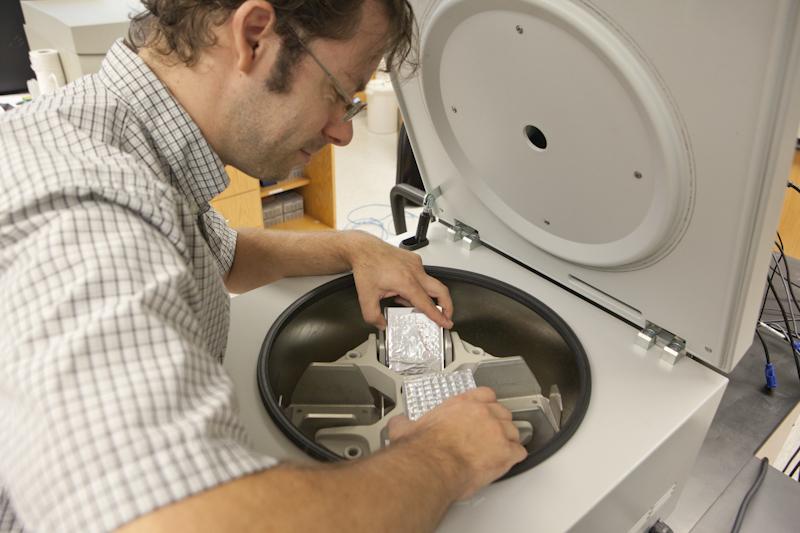
For his dissertation, Ernest has been trying to change that by researching how the dinoflagellate Karlodinium, which causes “mahogany tides” and large fish die-offs, produces its toxins. Due to the unusual nature of the dinoflagellate genome, there was no guidebook for how to do this. Through his work, however, Ernest has taken the first step toward understanding, and ultimately preventing, HABs caused by Karlodinium.
Ernest developed a protocol for systematically identifying what characteristics are controlled by each part of the genome. After several years of hard work, he can now distinguish the sections that control toxin production from other parts of the genome. Miranda Judd, another student in the Place Lab, is now using Ernest’s methods to understand which genes control aspects of the toxin production process.
Through his thesis, Ernest will leave a lasting impact on the study of HABs. He will also have an enduring legacy at IMET, having led countless tours of the aquaculture research center, helped dozens of students and interns in labs, and contributed to a diversity of research projects over more than a decade. As he prepares for graduation, Ernest is also preparing for a big move to New Zealand, where he hopes to continue as a research scientist and teacher.

